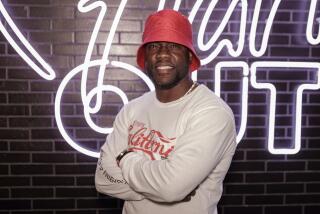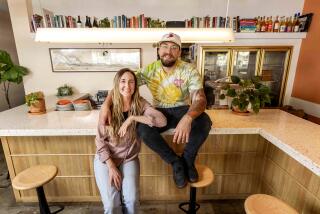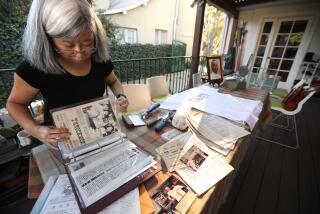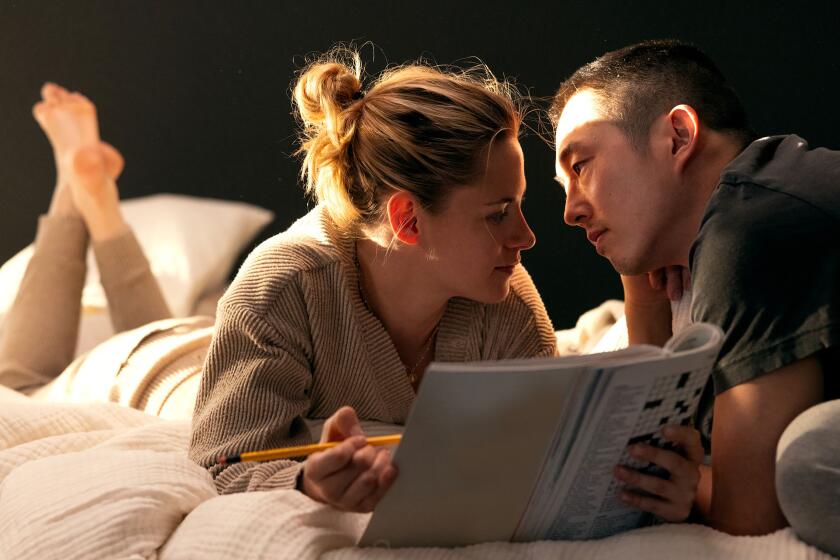Review: Loving nostalgia suffuses ‘The Automat,’ a documentary about Horn & Hardart restaurants
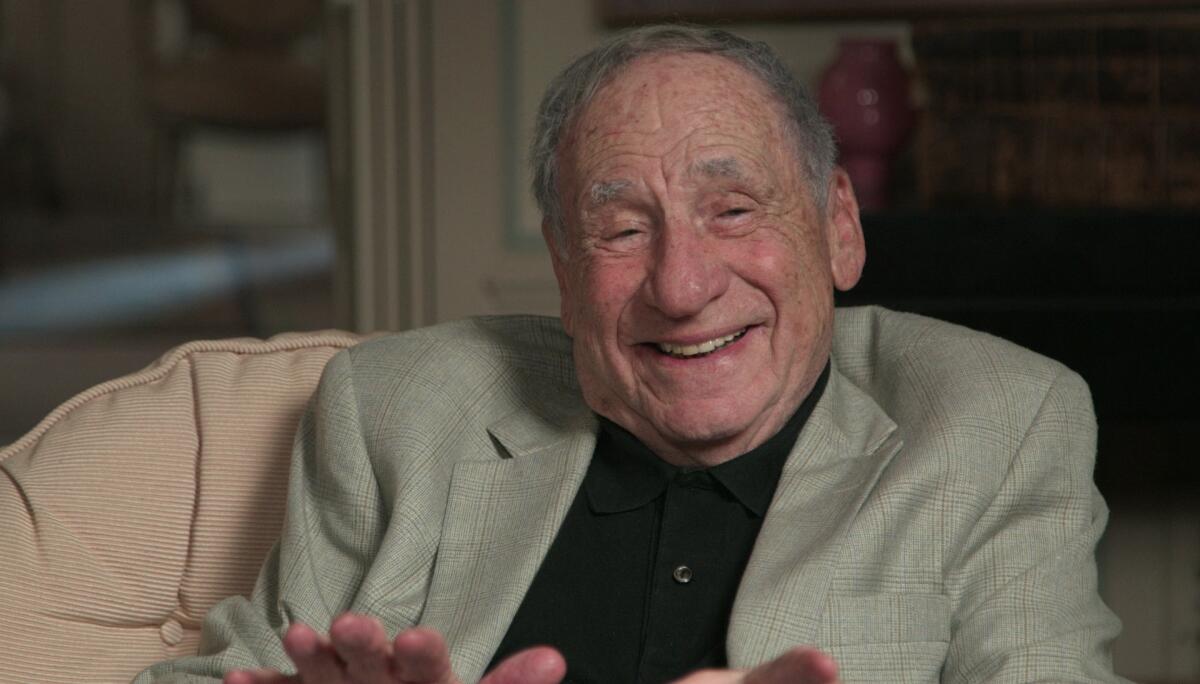
- Share via
As compact and enticing as those windowed compartments that once dispensed tasty food for mere nickels, the documentary “The Automat” takes an affectionate — and affecting — look at the famed Horn & Hardart restaurant chain and its singular place in dining history.
Producer-director Lisa Hurwitz shot the film from 2013 to 2021. She incorporated a treasure trove of archival material mainly from the early to mid 20th century into an enjoyable retelling of how the automat found its way into America’s hearts, minds and stomachs.
Co-founders Joseph Horn and Frank Hardart, who became partners in 1888, launched their first automat in Philadelphia in 1902. Patterned after similar restaurants in Berlin, these early eateries used then-captivating technology; an egalitarian, customer-first philosophy; and an elegant approach to everyday food. In 1912, the pair expanded the unique self-serve concept to New York’s Times Square and Union Square. By 1941, at the time of Horn’s death, the firm was operating more than 150 retail locations (slogan: “Less Work for Mother”) and cafeterias between the two cities.
In its heyday, the deco-designed automats featured 5-cent coffee (it rose to a dime in 1950) and shiny, chrome-and-glass vending machines offering such favorites as Salisbury steak, macaroni and cheese, creamed spinach and an array of meat and dessert pies. The sites were so popular they became a cultural touchstone. As seen in lively clips in the documentary, the restaurants appeared in countless movies such as “Easy Living” and “That Touch of Mink,” as well as in Edward Hopper’s classic 1927 painting “Automat.”
Irving Berlin’s Depression-era tune “Let’s Have Another Cup of Coffee,” written for the Broadway musical “Face the Music” and set in an automat, went on to become Horn & Hardart’s unofficial theme song.
But time marched on and, despite the chain’s low prices, iconic food and welcoming atmosphere, by the 1950s and ’60s a mix of suburban flight, elevating tastes, inflation, the growing popularity of frozen food and other factors found the automat on a downturn. The decline continued into the 1970s and ’80s and the last Horn & Hardart restaurant, at Third Avenue and 42nd Street in Manhattan, closed in 1991.
By the mid-1970s, when Horn & Hardart began converting many of its locations into franchises of such fast-food giants as Burger King and Arby’s, its automats had lost so much of their luster and appeal that they became largely known as a magnet for downtrodden patrons. This, despite inventive advertising efforts to stay relevant to the average diner.
Hurwitz efficiently tracks Horn & Hardart’s lofty history via compelling, often amusing interviews with such notables as Mel Brooks (at his most charming; he also wrote the film’s theme song), Carl Reiner, Elliott Gould, Colin Powell and Ruth Bader Ginsberg, who recall fond memories of their younger days frequenting the automat.
Rounding out this lovely, deeply nostalgic tribute is vital input from descendants of both Joseph Horn and Frank Hardart; the chain’s past employees and their families; former Philadelphia mayor Wilson Goode Sr.; author-historian Alec Shuldiner; and ex-Starbucks CEO Howard Schultz, who says the automat inspired him to start his coffee company.
'The Automat'
Not rated
Running time: 1 hour, 19 minutes
Playing: Starts Feb. 25 at Laemmle Royal Theatre, West Los Angeles; Laemmle Town Center 5, Encino; Laemmle Playhouse 7, Pasadena
More to Read
Only good movies
Get the Indie Focus newsletter, Mark Olsen's weekly guide to the world of cinema.
You may occasionally receive promotional content from the Los Angeles Times.
